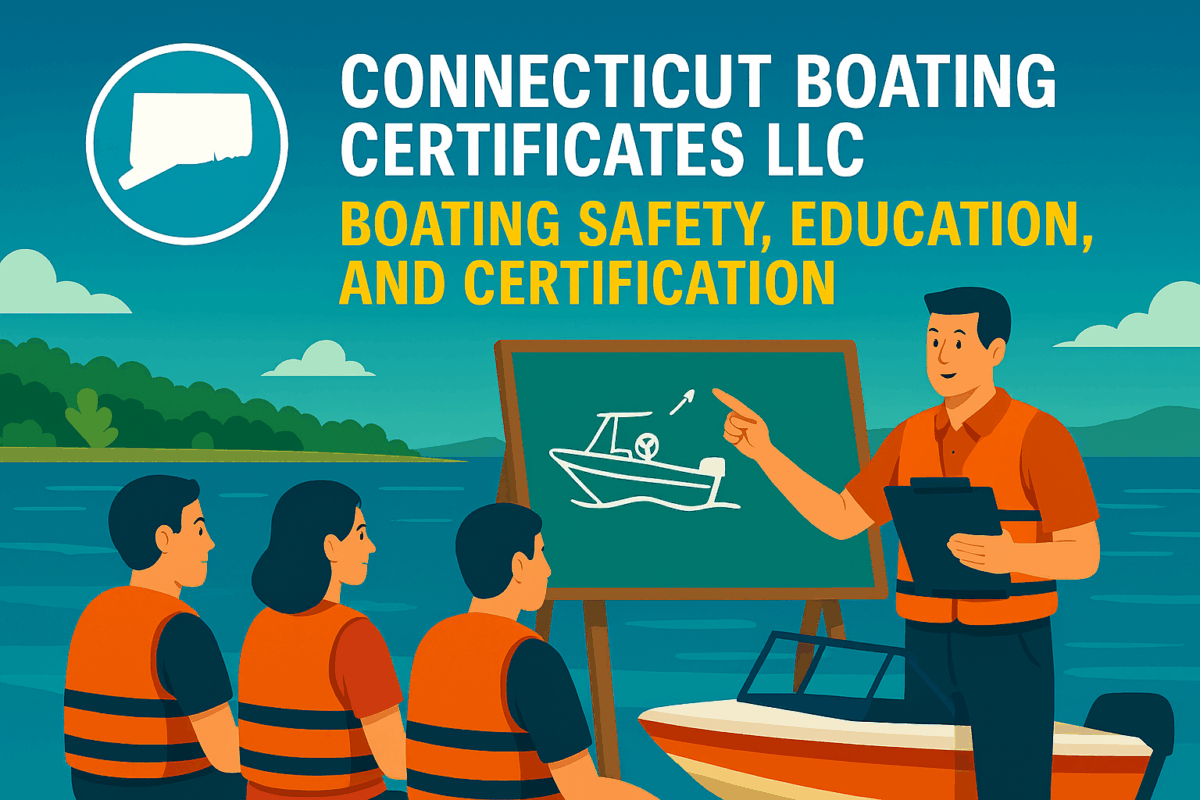Call: 1-800-832-7191

Morse Code and Military Alphabet
Learning Morse Code and Military Alphabet for Clear Communication
Understanding Morse Code and Military Alphabet improves communication in both civilian and military settings. Because clarity matters during emergencies, these systems reduce confusion. Morse code uses dots and dashes to transmit messages over radio or light signals. Meanwhile, the military alphabet replaces letters with words like Alpha, Bravo, and Charlie to ensure accuracy.
Although technology has advanced, these tools remain relevant. Pilots, boaters, and emergency responders still rely on them. Therefore, learning both systems enhances safety and coordination across various environments.
Morse Code: A Timeless Signaling System
Morse code dates back to the 1830s and remains a reliable method for transmitting messages. Operators send signals using sound, light, or radio waves. For example, SOS (··· — ···) is universally recognized as a distress call. Because it works without voice transmission, Morse code proves useful in noisy or remote areas.
Additionally, amateur radio operators and maritime professionals continue to use Morse code. Learning the basics helps individuals communicate when modern systems fail or become unavailable.
Military Alphabet: Precision in Every Word
The military alphabet eliminates confusion caused by similar-sounding letters. Saying “Bravo” instead of “B” ensures the message is received correctly. This system is especially useful in aviation, maritime operations, and emergency dispatch. For instance, “Niner” replaces “Nine” to avoid mishearing it as “Five.”
Moreover, the military alphabet supports international communication. NATO and other global organizations like the US Navy use it to maintain consistency. Because of its clarity, it’s also taught in many safety and training programs.
Practical Uses for Morse Code and Military Alphabet
Boaters, pilots, and first responders benefit from knowing Morse Code and Military Alphabet. These systems help during radio failures, poor visibility, or high-stress situations. Instructors should include them in safety courses and drills. Posting reference charts at marinas and airfields reinforces learning.
Furthermore, educators can use games and simulations to teach these systems. Practicing regularly builds confidence and improves recall. Promoting these older technologies strengthens communication and enhances preparedness in critical moments.
